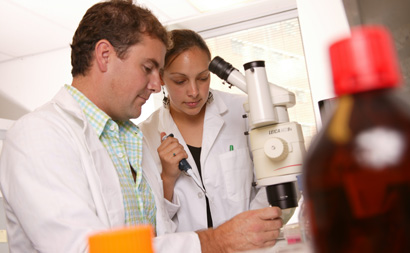Young Garvan Postdoctoral Fellowship - a history of achievement in medical research
The Young Garvan Postdoctoral Fellowship is an investment in the future of a young scientist to deliver breakthrough medical research. The Fellowship enables the scientist to gain valuable professional experience on key projects at the Institute and learn advanced research skills in their discipline.
Since 2010, the All Ribbons Ball has been the primary fundraising event for the Fellowship.



